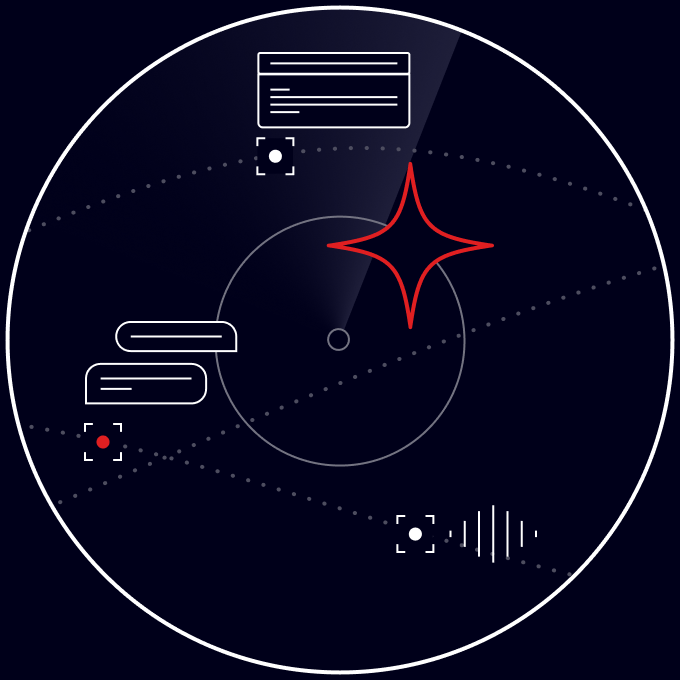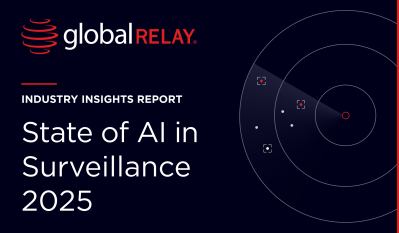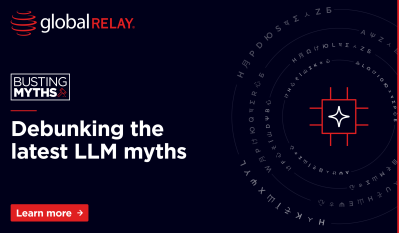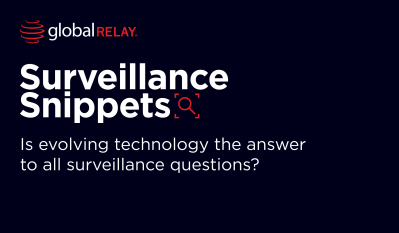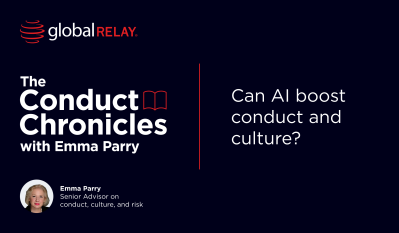AI is transforming the future of surveillance
With innovation comes disinformation, as well as questions around security, explainability, and data residency.
That’s why our LLM-based solution is built for transparency and control, reducing false positives and elevating risk detection with more context and less noise.
Busting the myths about open-source LLMs
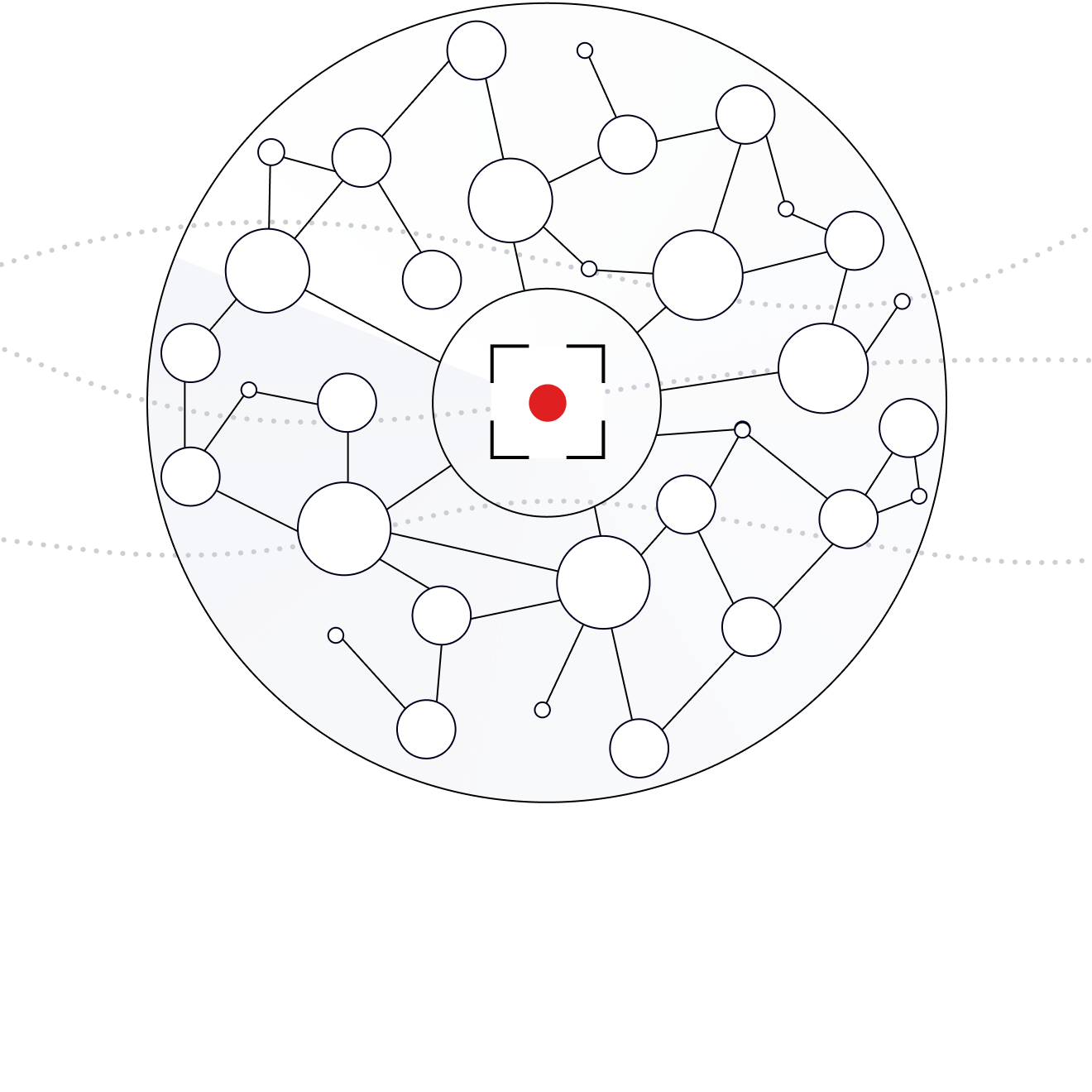
Open-source LLMs aren’t accurate because they’re not trained for finance
Open source LLMs are highly accurate, reducing false positives and review times for your surveillance teams. Trained on vast internet-scale datasets, they understand risk scenarios far better than if they were trained only for finance. Built-in context allows the LLM to interpret the relationships between words, phrases, and entire conversations to identify financial risks without needing to be retrained from scratch.
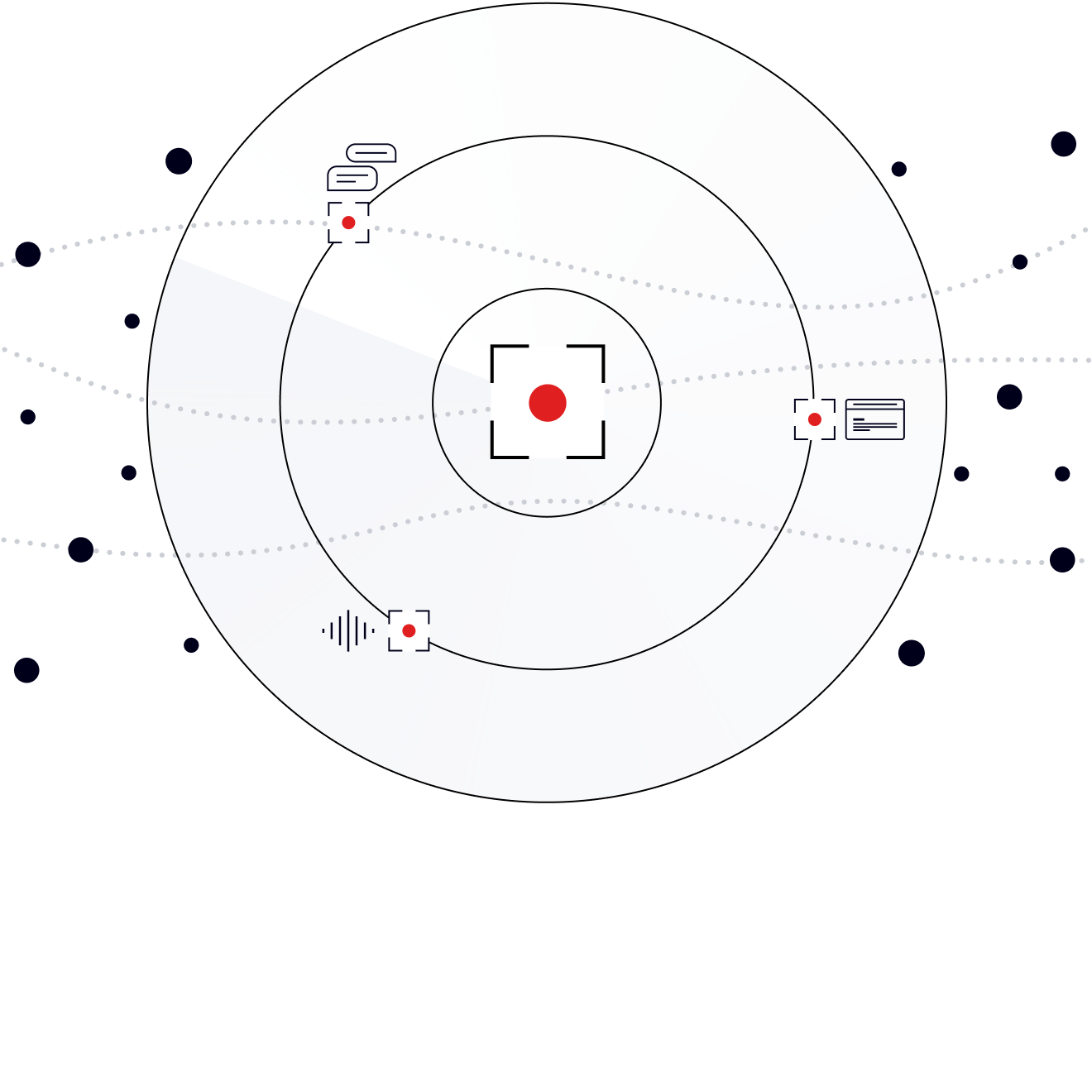
Industry-specific models are better at detecting financial misconduct
Open-source LLMs have billions of parameters allowing them to assess communications holistically without being boxed in by limited datasets. In contrast, narrowly trained, industry-specific models are prone to tunnel vision. Open-source LLMs work across domains and use transfer learning to apply knowledge from one context to another, enhancing their ability to pick up subtle, evolving misconduct signals.
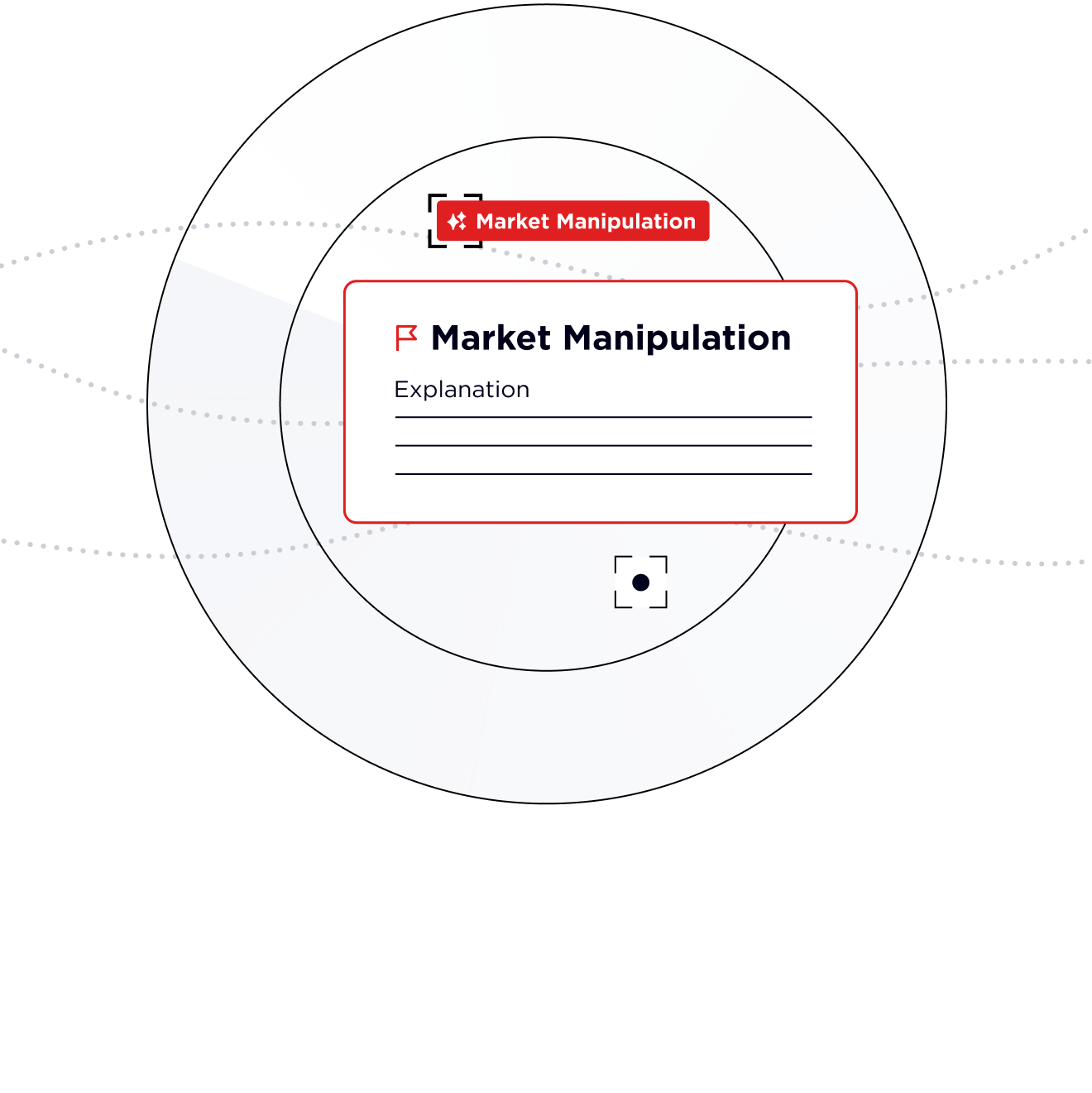
AI can’t justify why it flags risk in conversations
Our LLMs provide a clear rationale for why a message or phrase was flagged as suspicious – cutting through noise and freeing up time for your team to analyze true positives. They go beyond just keyword flagging by analyzing full conversations for meaning, sentiment, and context. Where traditional lexicon-based models produce large volumes of false positives, LLMs help your team focus on real risks, without second-guessing.
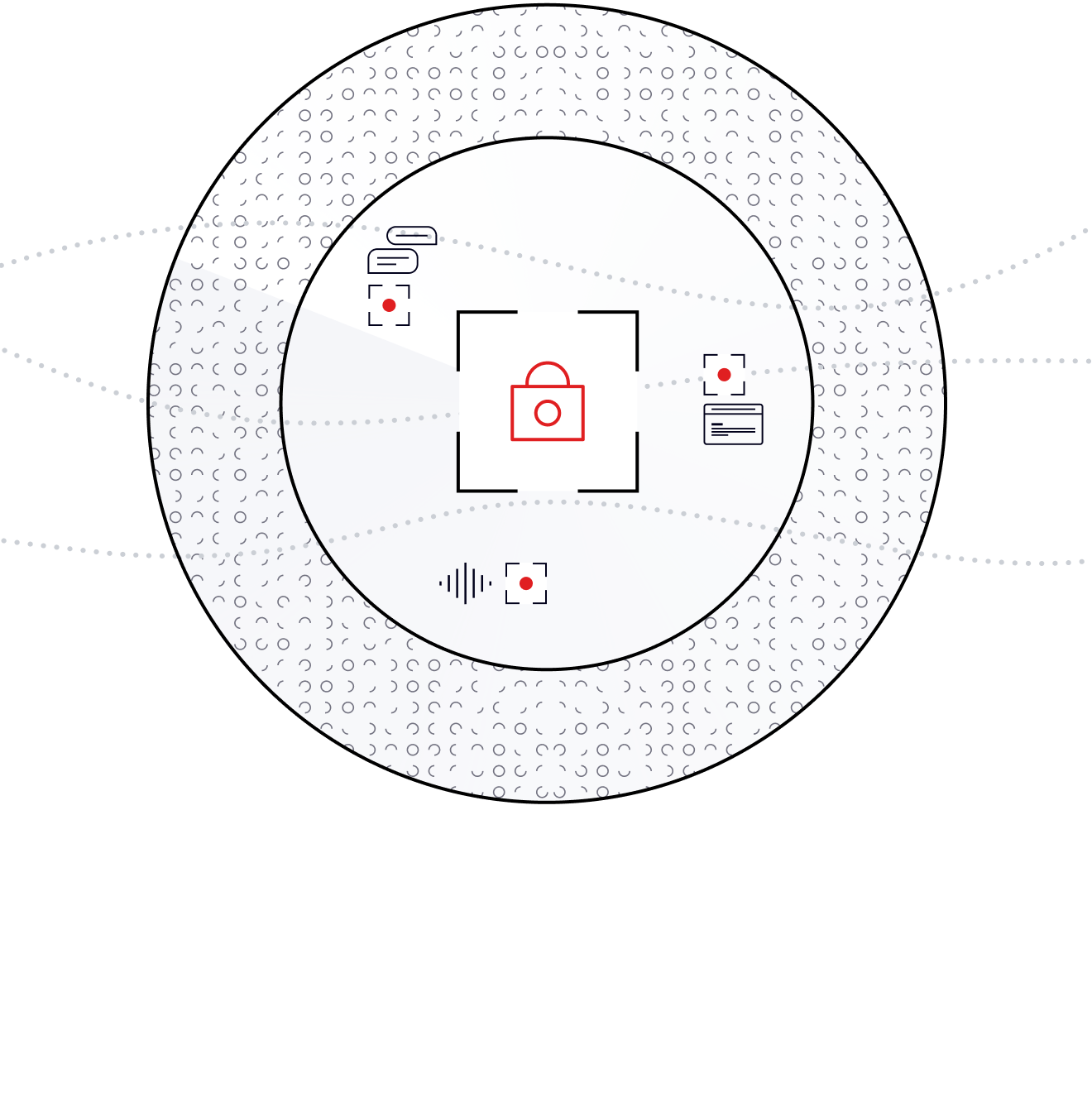
LLMs store client data for training
The security of your data is paramount, that’s why we never use customer data to train our models. Our LLMs are trained using synthetic data, modeled on real-world risk scenarios and are implemented within Global Relay’s secure, in-house infrastructure, which means your data is kept in one place and never sent to third parties.
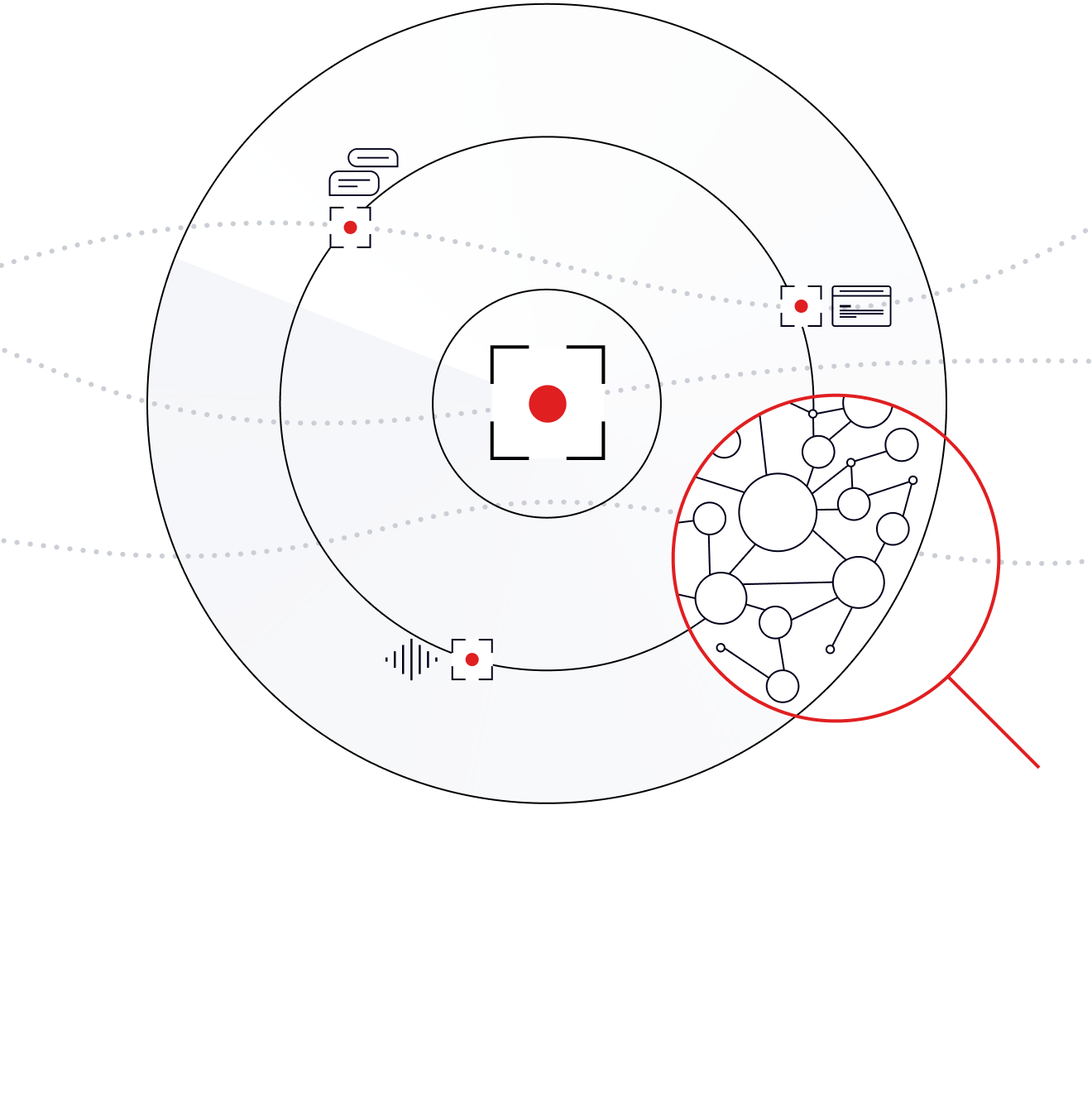
AI model training lacks transparency
We give you full visibility into how the models we use work, and what this means for your compliance processes. We use open-source LLMs from trusted developers who publicly document how models are trained and evaluated. Then, we take it a step further by documenting how we adapt, test, and validate these models within our own systems, ensuring alignment with global AI governance frameworks.





What does this mean for your surveillance teams?
With a deep understanding of language and sentiment, LLMs surface fewer false alerts – reducing reviewer fatigue and lowering the risk of overlooked misconduct.
All AI processing stays within our secure data environments, which means your data never leaves the Global Relay ecosystem or gets used to train LLM models.
LLMs can analyze complex communications, picking up on context, tone, and nuance that lexicon or keyword-based systems miss.
Every stage of model alignment is documented – supporting third-party oversight and helping you meet compliance obligations.
Ready to explore how AI-enabled surveillance can work for you?
